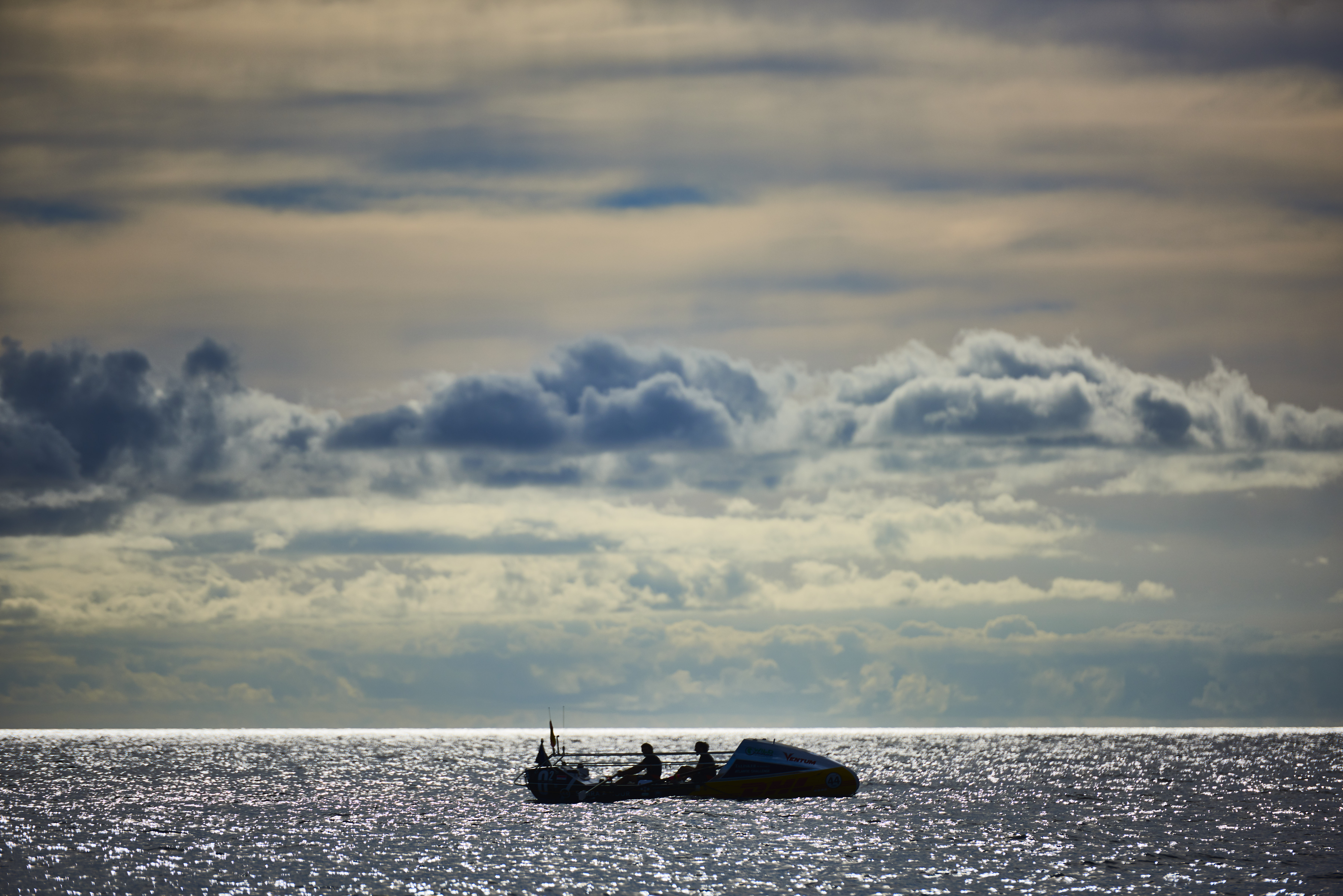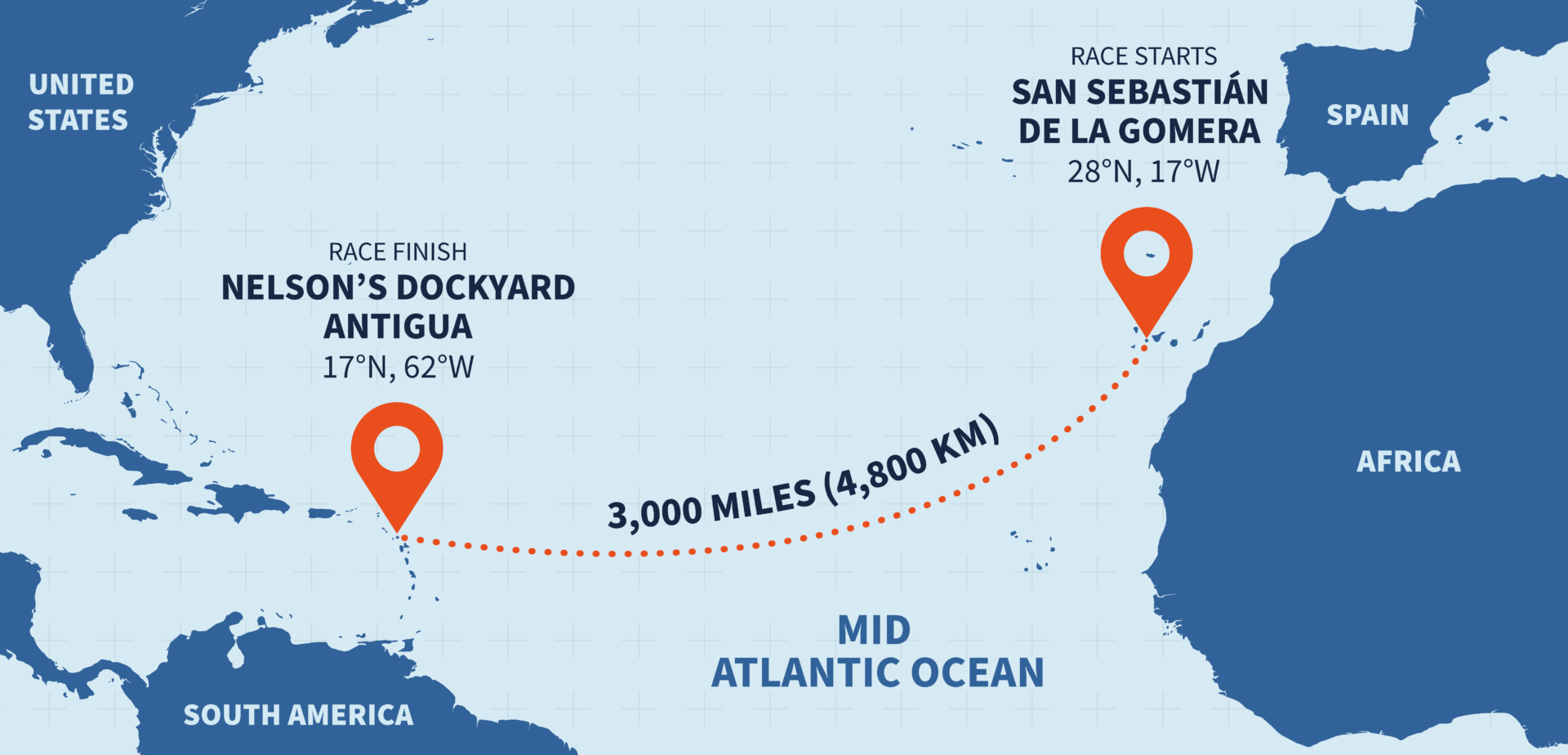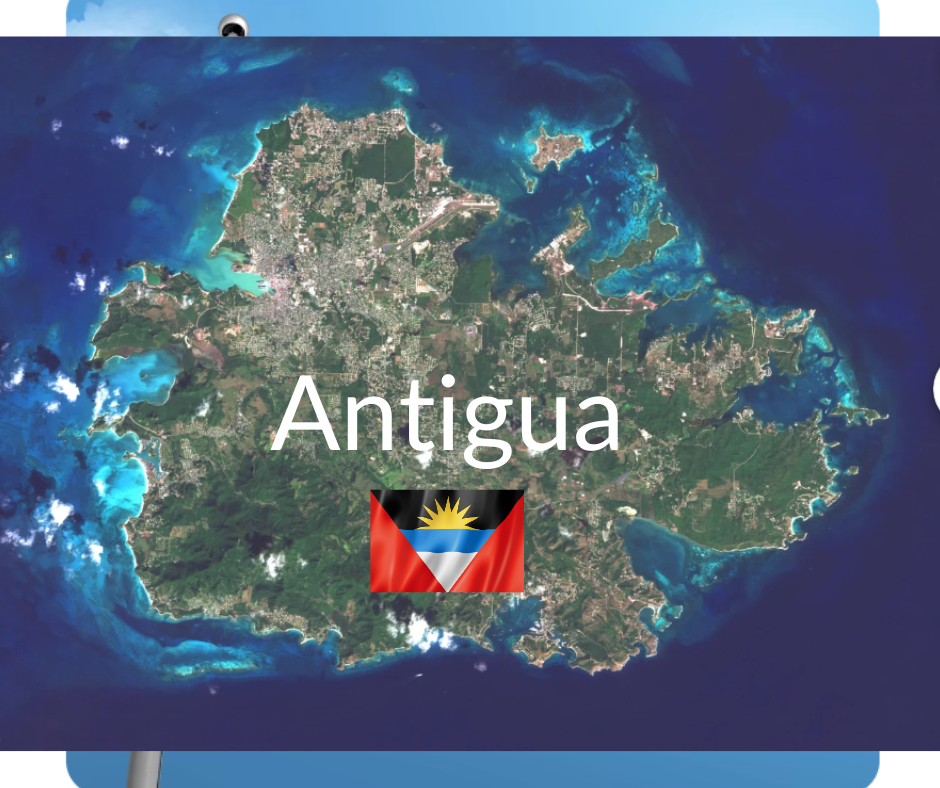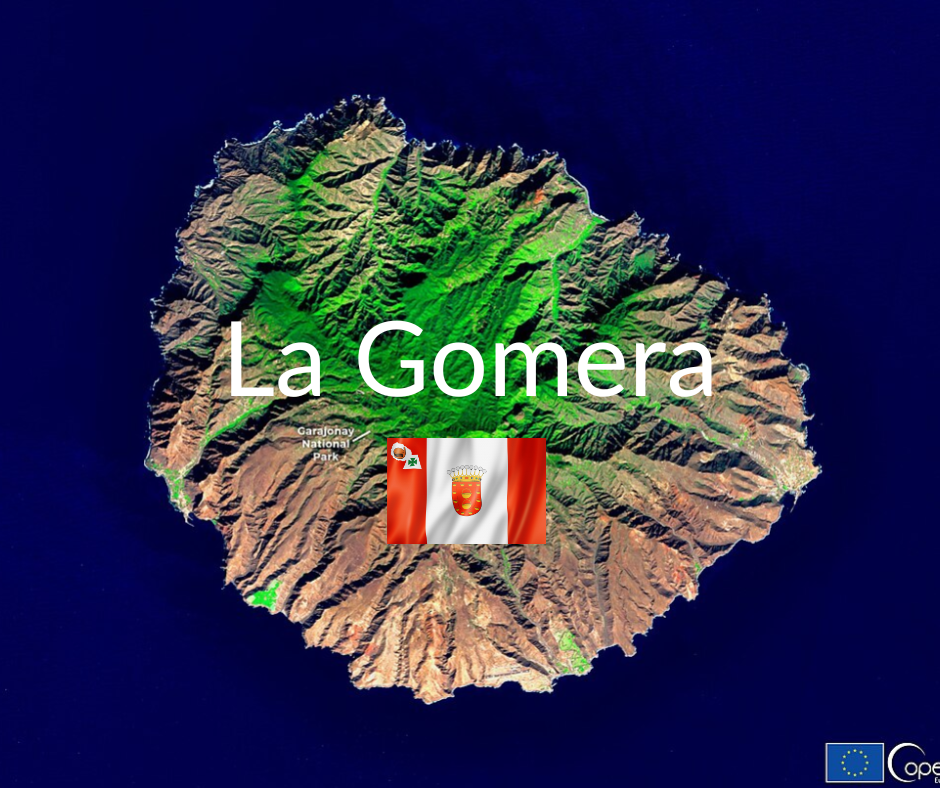
The challenge
The World’s Toughest Row
Atlantic 2025
In 1966, Sir Chay Blyth and John Ridgeway performed their legendary open-boat row across the Atlantic Ocean in English Rose III. The trip took 92 days and it laid the foundation for the Talisker Whisky Atlantic Challenge. Since 1997 this ocean rowing race has attracted the brave and courageous to pit themselves against the elements and race the 3000 miles from San Sebastian Harbour, La Gomera, Canary Islands, to English Harbour, Antigua. It is rightly considered to be one of the toughest challenges on the planet. It is said that more people have been into space than have rowed the Atlantic Ocean!
On December 12th 2025 Stronger Twogether will compete with up to 40 teams participating from around the world. They will have to cope with blisters, salt rashes, sleep deprivation and rowing in two-hour shifts around the clock for weeks on end, facing all the raw elements of the Atlantic Ocean. The Stronger Twogether boat is likely to be just seven meters long and under two meters wide, with only a small cabin for protection against storms. All boats are equipped at the race start, and cannot take help, food or water and can only be repaired by the crew themselves during the crossing. All boats are professionally and reliably built to last - Ours is ten years old and ready for her 6th crossing.

Stronger Twogether's Aims
To inspire more women, men and children to push their boundaries, step out their comfort zones and DREAM and ACHIEVE BIG things.
To break the mixed pair record set in 2019 by 'The Seablings' of 43 days 15 hours 22 minutes
To have a safe and enjoyable crossing and to make the most of every moment this opportunity offers.
To raise significant amounts of money for our charities.
To share the challenges of this journey as a story of resilience, love and respect.


